Understanding how to choose the right colors for different skin tones can transform the way you approach fashion, makeup, and even accessories. Whether you have a cool porcelain complexion or a warm golden undertone, the right palette can enhance your natural beauty and make your features pop. This guide dives into the nuances of color selection for both cool fair skin (often referred to as "cool porcelain" or "cool ivory") and warm deeper tones (sometimes called "golden" or "olive").
The Science Behind Skin Undertones
Before diving into specific color recommendations, it’s essential to grasp the concept of undertones. Skin undertones are the subtle hues beneath the surface that influence how colors interact with your complexion. They generally fall into three categories: cool, warm, and neutral. Cool undertones have hints of pink, red, or blue, while warm undertones lean toward yellow, peach, or golden. Neutral undertones strike a balance between both.
For those with fair skin and cool undertones, jewel tones like emerald green, sapphire blue, and amethyst purple tend to complement beautifully. On the other hand, individuals with warm undertones—whether fair or deep—often shine in earthy shades such as terracotta, mustard yellow, and burnt orange. The key is to harmonize with your natural undertones rather than fight against them.
Cool Porcelain Skin: Flattering Hues and Pitfalls
If your skin has a cool, almost translucent quality, you’ll want to lean into colors that enhance its delicate radiance. Pastels like baby pink, lavender, and mint green can create a soft, ethereal effect. Bold, icy shades such as cobalt blue or fuchsia also make a striking statement without overwhelming fair skin. Metallics like silver and platinum tend to look more natural than gold, which can sometimes clash with cool undertones.
However, not all colors work equally well. Beige or camel tones, for instance, can wash out cool fair skin, making it appear dull. Similarly, overly warm oranges or yellows might create an unflattering contrast. The goal is to maintain a balance—colors should neither blend in too much nor create a harsh juxtaposition.
Golden and Olive Skin: Embracing Rich, Warm Tones
Those with warm undertones, particularly in medium to deep complexions, carry a natural glow that pairs exquisitely with warm, saturated colors. Think of spices and autumn leaves—deep reds, ochres, and chocolate browns can make golden skin radiate. Emerald green and teal, though technically cool colors, often appear stunning on olive skin because they create a vibrant contrast.
Gold jewelry tends to complement warm undertones better than silver, enhancing the skin’s natural luminosity. When it comes to makeup, bronzy eyeshadows and terracotta lipsticks harmonize effortlessly with this skin type. The one caveat? Extremely cool, ashy shades like pale gray or pastel blue can sometimes make warm skin look sallow, so it’s best to use them sparingly or as accents.
Universal Colors That Work for Everyone
While undertones play a significant role in color selection, some shades transcend these boundaries. True red, for example, is a universally flattering hue—it pops against fair skin and complements deeper tones with equal intensity. Pure white and classic black also fall into this category, offering a crisp, timeless look regardless of undertone.
Another versatile option is navy blue, which strikes a perfect balance between cool and warm. It’s deep enough to suit golden skin while maintaining a sophistication that works on fair complexions. When in doubt, these neutral yet powerful colors can serve as a reliable foundation for any wardrobe.
Experimenting Beyond the Rules
While these guidelines provide a solid starting point, personal preference and confidence ultimately dictate what looks best. Some people with cool undertones might find they love how a warm coral lipstick brightens their face, while others with golden skin might pull off an unexpected icy blue nail polish with flair. Fashion and beauty are as much about self-expression as they are about rules.
The best approach? Test different shades in natural lighting, observe how they interact with your skin, and trust your instincts. Sometimes, the most unexpected combinations become signature looks. After all, color is not just about science—it’s about artistry and individuality.
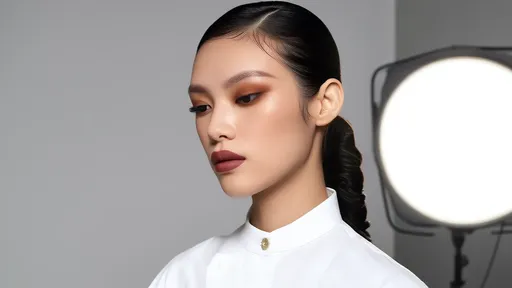
By /Jun 28, 2025

By /Jun 28, 2025
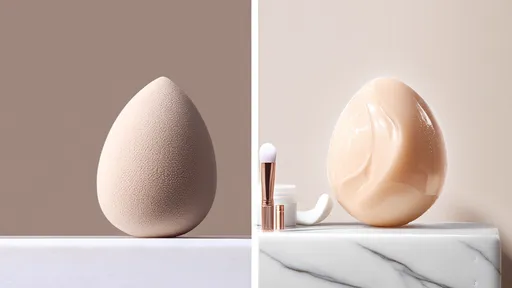
By /Jun 28, 2025

By /Jun 28, 2025
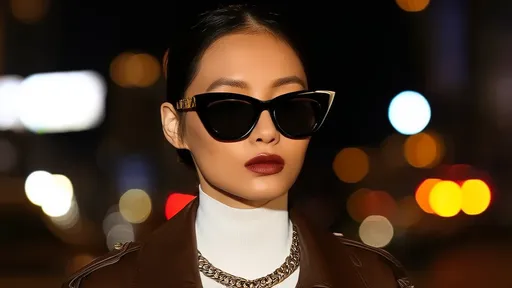
By /Jun 28, 2025

By /Jun 28, 2025
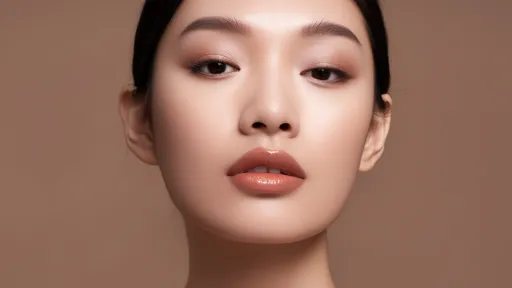
By /Jun 28, 2025
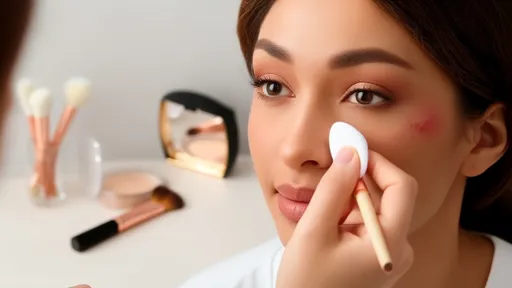
By /Jun 28, 2025

By /Jun 28, 2025
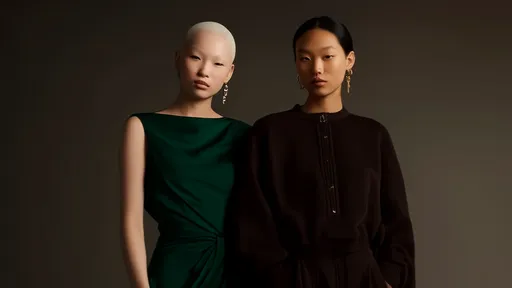
By /Jun 28, 2025

By /Jun 28, 2025
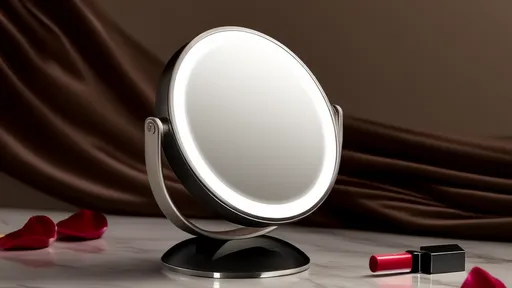
By /Jun 28, 2025
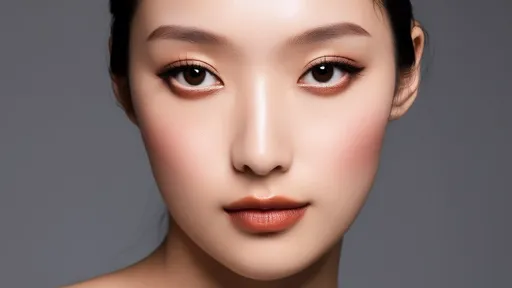
By /Jun 28, 2025

By /Jun 28, 2025
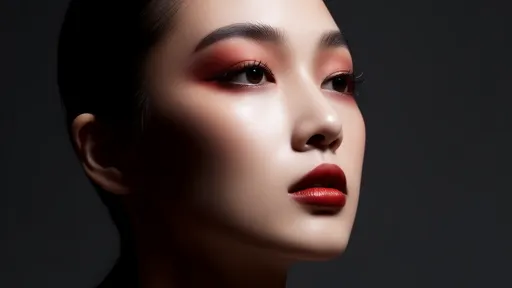
By /Jun 28, 2025

By /Jun 28, 2025
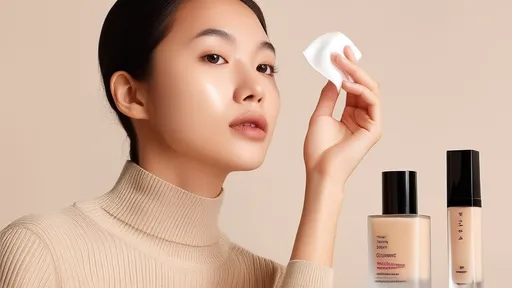
By /Jun 28, 2025